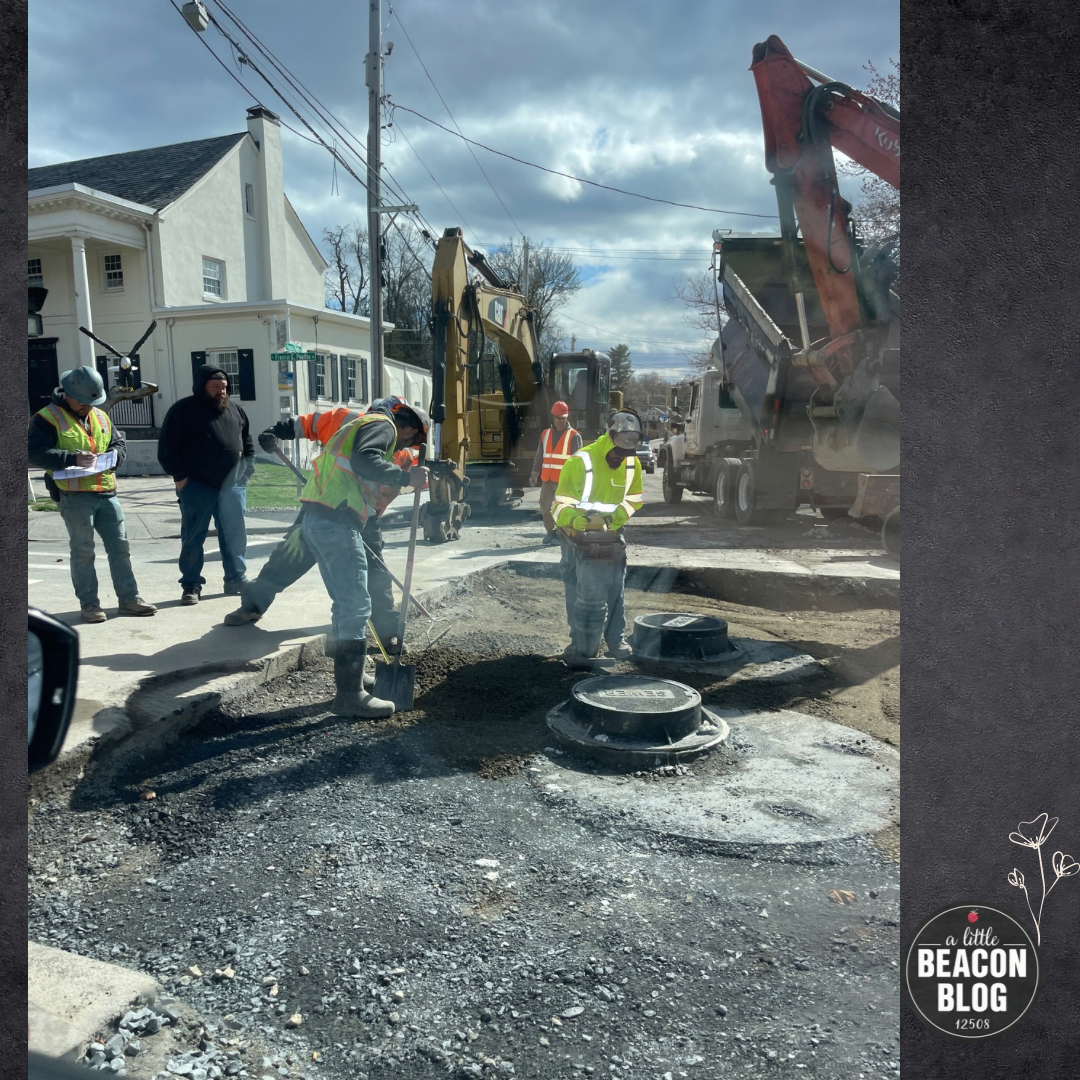Downstate Correctional Facility Scheduled To Close - Governor Kathy Hochul Is Downsizing Prisons
/New York Governor Kathy Hochul has decided to close the Downstate Correctional Facility at 121 Red Schoolhouse Road, along with five other prisons, citing low capacity and the desire to re-imagine helping incarcerated people with mental health and drug treatments services. While this maximum security prison is located in the Town of Fishkill, it is not the Fishkill Correctional Facility that is near Beacon’s high school and middle school that has been in the news lately.
The Times Union reported that Governor Hochul had indicated her desire to close more prisons two or so weeks ago during one of her COVID-19 briefings, stating: “I want to get creative with this,” Hochul said at the end of October. “I don't know if something can be used as a substance abuse treatment center. We don't need as many prisons. The number of people incarcerated has gone down dramatically in our state.”
According to the New York Times, former New York Governor Andrew Cuomo “shut 18 prisons during his nearly 11 years in office amid a series of criminal justice reforms that reduced New York’s prison population to its lowest level since 1984.” Although employees apparently found out this week, the Times Union reported that the president of the New York State Correctional Officer Police Benevolent Association (NYSCOPBA), Michael Powers, said in a statement that the news “shouldn’t come as a shock to anyone,” who opposes the closing, reported the New York Times.
The closure will take place in March 2022, and moves to transfer employees to other employment positions begin now. The Downstate Correctional Facility is a major employer in the region, employing 644 people, according to the Times Union. The facility has the capacity to imprison 1,221 incarcerated people, and currently imprisons slightly over half of that, at 688 incarcerated people.
According to reporting in the Times Union, who cited a press release from DOCCS, DOCCS does not anticipate layoffs due to the closure, and will focus on “providing staff with opportunities for priority placement via voluntary transfers, as well as priority employment at other facilities or other state agencies,” and will be working with bargaining units to stay within union rules.
Said Chris Moreau, Vice President of the Mid-Hudson Region for New York State Correctional Officers & Police Benevolent Association (NYSCOPBA) to the Times Union: “They will have to put their name in a hat and hope they can be transferred to adjacent facilities in the region. There’s no guarantee that officers who live and work and set up their families around the Downstate area aren’t going to be shipped up north, out west, hours away from their family right before the holiday season.”
Dutchess County Executive Marcus Molinaro issued a statement via press release on November 8th, the day of the announced closure: “Today’s announcement about the closure of the Downstate Correctional Facility has taken Dutchess County by surprise. There has been no coordination between the Governor’s Office and Dutchess County on the closure of this large facility, nor a coordinated plan for the future use of the parcel and the hundreds of workers who will be affected. Make no mistake: Inmates at Downstate are not being released; they will simply be transferred to remaining State prisons or to county jails throughout New York. Today's announcement only leaves Dutchess County with more questions than answers.”
According to the Times Union, DOCCS has been evaluating this, and debating about which facilities to choose. As reported in the article: “DOCCS reviewed the operations at its 50 facilities and looked at physical infrastructure, program offerings, facility security level, medical and mental health services, proximity to other facilities, and potential re-use options.”
Governor Hochul’s office has indicated new uses for the buildings that that help this population, and has been quoted as to saying she is open to new ways of benefiting people. Perhaps this re-imagining will include job training for new positions to work with incarcerated people, or people who are not sent into jail, but are heavily guided into programs.
According to a press release from DOCCS, the total number of incarcerated people in New York State is 31,469. The DOCCS press release states that this is over 50% less than what it was in 1999.




































